- Engineering the Advantage: What Makes HDPE Irrigation Pipes Superior
- Sealed for Efficiency: Eliminating Water Loss Through Leak-Proof Systems
- Every Drop Counts: Optimizing Water Distribution Across Large Acreage
- Built for the Long Haul: Durability That Reduces Downtime and Maintenance Costs
- Energy Efficiency by Design: Lower Friction, Higher Pump Performance
- Tough Conditions, Proven Results: HDPE’s Performance in Demanding Environments
- Beyond Agriculture: Industrial and Government Applications of HDPE Irrigation Systems
- Smart Investment: Understanding the True Cost of HDPE Irrigation Pipe Systems
- Closing the Loop: Smarter Irrigation for Sustainable and Profitable Farming
HDPE irrigation pipes are changing how large-scale farms approach water management and profitability. In modern agriculture, water efficiency is no longer just an environmental goal; it’s a financial imperative. Farms managing thousands of hectares face mounting challenges from rising energy costs, erratic rainfall, and declining groundwater reserves. Every cubic meter of water wasted now represents both a resource loss and a direct hit to operational margins. To stay competitive, producers need irrigation systems that deliver precision, consistency, and long-term reliability.
Traditional networks made from PVC or metal pipes often fall short. They are prone to leaks, corrosion, and high friction losses that cause uneven water distribution and wasted pumping energy. Over time, these inefficiencies inflate operating costs and shorten equipment lifespan, eroding return on investment.
Engineered for strength, flexibility, and superior hydraulic performance, HDPE irrigation pipes offer a dependable alternative. When integrated with HDPE drip irrigation pipe systems, they deliver precise water flow directly to plant roots, reducing waste and optimizing yield potential.
Although the HDPE irrigation pipe price may be slightly higher upfront, the long-term value is clear. Reduced maintenance, improved energy efficiency, and extended service life generate measurable cost savings, helping farms build a resilient, sustainable irrigation infrastructure designed for future challenges.
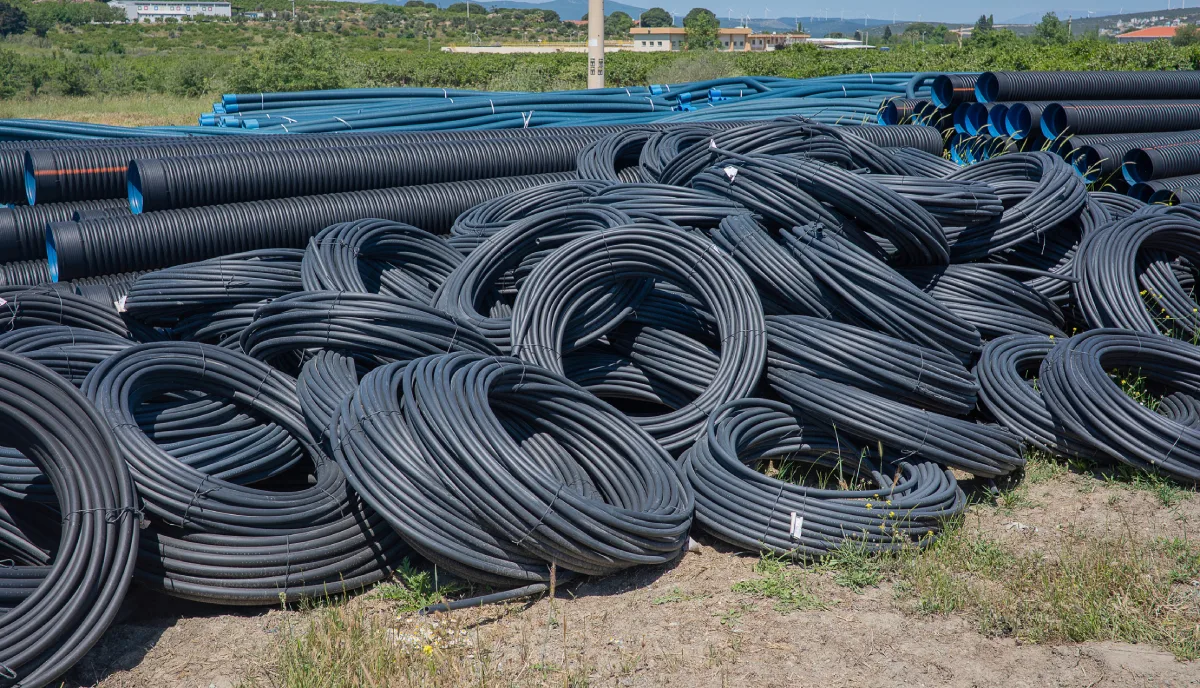
Engineering the Advantage: What Makes HDPE Irrigation Pipes Superior
The superior engineering behind HDPE irrigation pipes is what makes them the preferred choice for modern large-scale irrigation systems. Manufactured from high-density thermoplastic polymer resin, these HDPE irrigation pipes combine impressive tensile strength with exceptional impact resistance. Their inherent flexibility allows them to endure soil movement and shifting loads, while their strong structure supports high-pressure water flow across long distances without deformation or cracking.
HDPE irrigation pipes are designed to last decades of continuous usage under challenging mechanical and environmental circumstances, in contrast to steel or PVC alternatives. PVC deteriorates when exposed to UV light or when temperatures change, while steel pipes corrode with time. HDPE, on the other hand, performs reliably in conditions of intense heat, cold, or chemically hostile soil and stays stable and long-lasting. Additionally, because of its chemical inertness, it avoids interior abrasion, microbial accumulation, and scaling, issues that commonly deteriorate traditional pipe materials.
These engineering qualities translate directly into fewer system failures, reduced maintenance requirements, and lower energy costs over time. When integrated with HPDE drip irrigation pipes, the result is even more efficient water distribution with minimal waste.
Although the HDPE irrigation pipe price may initially seem higher than other materials, the long-term value is unmatched. Extended service life, lower maintenance, and predictable hydraulic performance make HDPE a cost-effective and sustainable investment for modern irrigation infrastructure.
Sealed for Efficiency: Eliminating Water Loss Through Leak-Proof Systems
A key advantage of hdpe irrigation pipes lies in their advanced fusion jointing technology, which ensures complete leak-proof integrity across irrigation networks. Unlike conventional pipes that rely on mechanical fittings, seals, or adhesives, each a potential weak point, HDPE irrigation pipes are joined using precision butt fusion or electrofusion welding. This process creates a homogenous, continuous bond where the joint is as strong as, or stronger than, the pipe itself. As a result, water loss due to leakage is virtually eliminated, even under sustained high pressure or variable flow conditions.
Traditional irrigation systems, often made from PVC or metal, can lose up to 30% of distributed water through cracks or poorly sealed joints. In contrast, the seamless design of HDPE irrigation pipes ensures consistent water delivery and optimal system efficiency. This durability directly translates into lower maintenance costs, fewer interruptions, and higher long-term reliability.
When integrated with HDPE drip irrigation pipe systems, efficiency reaches another level. These systems deliver controlled water volumes precisely at the root zone, minimizing runoff and evaporation while improving soil moisture balance.
Although the HDPE irrigation pipe price may initially appear higher, the investment quickly pays off. Reduced water waste, longer service life, and lower maintenance demands make HDPE systems a technically and economically superior solution for sustainable large-scale irrigation.
Every Drop Counts: Optimizing Water Distribution Across Large Acreage
Efficient water management across vast farmlands demands irrigation systems that deliver precision, consistency, and durability. HDPE irrigation pipes are engineered to meet these challenges, offering a unique combination of strength, flexibility, and hydraulic efficiency. Their smooth inner walls significantly reduce frictional head loss, allowing water to move freely with minimal pressure drop. This ensures uniform flow distribution even across uneven or expansive terrain, helping farmers maintain ideal moisture levels for every crop without over- or under-irrigation.
When combined with HDPE drip irrigation pipe systems, the efficiency increases even more dramatically. Drip technology, paired with HDPE’s leak-proof network, allows for direct water supply to the root zone, significantly reducing evaporation and runoff. The outcome is increased water efficiency and agricultural productivity while using less energy.
HDPE irrigation pipes are compatible with current smart irrigation controllers. Automated flow meters, soil moisture sensors, and variable-rate pumps may all be used to fine-tune distribution in real time. The pipes’ flexibility makes them suitable for installation in rocky, mountainous, or flood-prone places where standard materials would fail or fracture.
While the HDPE irrigation pipe price may initially appear higher, the long-term value lies in its reliability, reduced water waste, and extended service life, making it one of the smartest investments in sustainable, large-scale irrigation infrastructure.
Built for the Long Haul: Durability That Reduces Downtime and Maintenance Costs
When it comes to reliability and long-term performance, HDPE irrigation pipes stand far ahead of conventional materials. Designed for a service life exceeding 50 years, these pipes can endure extreme environmental conditions ranging from intense UV radiation to heavy soil movement without cracking or structural degradation. Their high-impact resistance allows them to withstand pressure variations and mechanical stress from tractors or field machinery, ensuring uninterrupted operation year after year.
Unlike PVC, which becomes brittle under heat, or metal pipes that corrode with chemical exposure, HDPE irrigation pipes maintain their stability and hydraulic efficiency across diverse climates. This resilience translates into fewer leaks, reduced downtime, and dramatically lower maintenance requirements.
Installing HDPE systems is easier, quicker, and less expensive since they are lightweight and manageable. Farms benefit from increased durability and precise water utilization when combined with HDPE drip irrigation pipe technology, which reduces material fatigue and operational waste.
Although the HDPE irrigation pipe price may be slightly higher initially, the return on investment is undeniable. Over its lifespan, an HDPE system can reduce maintenance and energy costs by up to 40% compared to traditional piping. For large-scale agricultural operations, these savings compound annually, making HDPE the most dependable and cost-efficient solution for long-term irrigation performance.
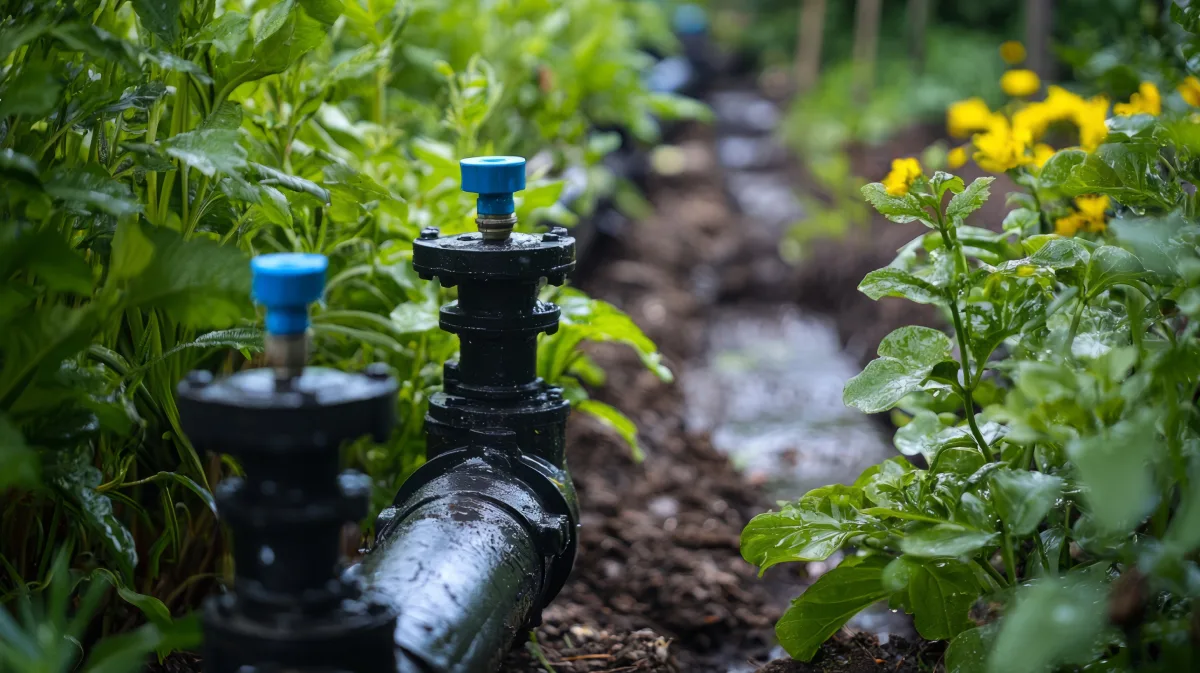
Energy Efficiency by Design: Lower Friction, Higher Pump Performance
One of the most overlooked advantages of HDPE irrigation pipes is their contribution to energy efficiency. In irrigation systems, every bend, joint, and surface imperfection creates resistance that forces pumps to work harder. HDPE’s exceptionally smooth interior surface drastically reduces frictional head loss compared to steel or PVC, allowing water to travel longer distances with less resistance. This improved hydraulic performance means pumps require less energy to maintain optimal flow and pressure levels.
This efficiency can result in yearly energy savings of thousands of dollars for farms that rely on electric or diesel-powered systems. Smaller solar arrays, better battery life, and cheaper infrastructure are all results of the decreased demand in solar-powered activities. This benefit adds up to considerable operational savings over time.
When integrated with HDPE drip irrigation pipe systems, HDPE’s smooth flow dynamics further enhance energy performance, delivering precise water volumes at minimal pressure loss. The result is a more sustainable and cost-efficient irrigation setup.
While the HDPE irrigation pipe price may appear higher at the outset, the reduction in energy consumption and maintenance quickly offsets the investment. In the long term, HDPE irrigation pipes not only lower operational expenses but also reduce carbon emissions, making them an environmentally and economically superior choice for high-efficiency irrigation systems.
Tough Conditions, Proven Results: HDPE’s Performance in Demanding Environments
The ability of HDPE irrigation pipes to perform reliably under harsh and variable conditions sets them apart from conventional materials. Not all agricultural or industrial project sites are ideal; many face challenges such as saline water, abrasive soil, or extreme temperature fluctuations. HDPE’s chemical and mechanical resilience allows it to maintain peak performance in all these environments, ensuring dependable irrigation flow without corrosion, cracking, or leakage.
HDPE irrigation pipes are the recommended option in desert and coastal areas because of their long-term durability and resistance to saltwater corrosion. Their adaptability also enables them to endure cycles of freezing and thawing in frigid climes without suffering structural damage. Because of its adaptability, HDPE is a reliable material for industrial water management systems as well as agricultural irrigation.
It guarantees an accurate and continuous water supply, even in challenging terrains such as shifting soils or mining reclamation sites, when combined with HDPE drip irrigation pipe technology. HDPE pipes sustain steady hydraulic performance under constant load and movement, whether in reforestation initiatives or dust suppression systems.
While the HDPE irrigation pipe price may be slightly higher upfront, its proven ability to operate flawlessly in demanding conditions leads to lower maintenance, fewer failures, and superior lifecycle value, making it the global standard for tough, high-performance irrigation infrastructure.
Beyond Agriculture: Industrial and Government Applications of HDPE Irrigation Systems
The use of HDPE irrigation pipes extends far beyond the agricultural sector, finding critical applications across industrial, municipal, and government projects. Their unmatched resilience, cost efficiency, and adaptability make them a preferred solution for water management infrastructure that demands reliability under diverse operational conditions.
HDPE networks provide reliable irrigation in public landscapes, sports facilities, and municipal parks with little upkeep and disturbance. HDPE irrigation pipes provide reliable water distribution even in the face of severe site conditions and high-pressure demands on military installations and major reclamation projects. They are perfect for large-scale and time-sensitive activities because of their lightweight design, which enables simple transportation and quick installation in temporary or distant locations.
HDPE drip irrigation pipe systems are similarly flexible and may be incorporated into hybrid designs that include drainage, irrigation, and wastewater recycling. By eliminating the need for numerous pipe materials and systems, this adaptability simplifies procurement for government contractors and engineering managers.
Although the HDPE irrigation pipe price may initially be higher than conventional alternatives, the lower lifecycle costs, reduced maintenance, and proven long-term performance deliver exceptional value. It’s no surprise that HDPE has become the material of choice in sustainable infrastructure and environmental water conservation programs worldwide.
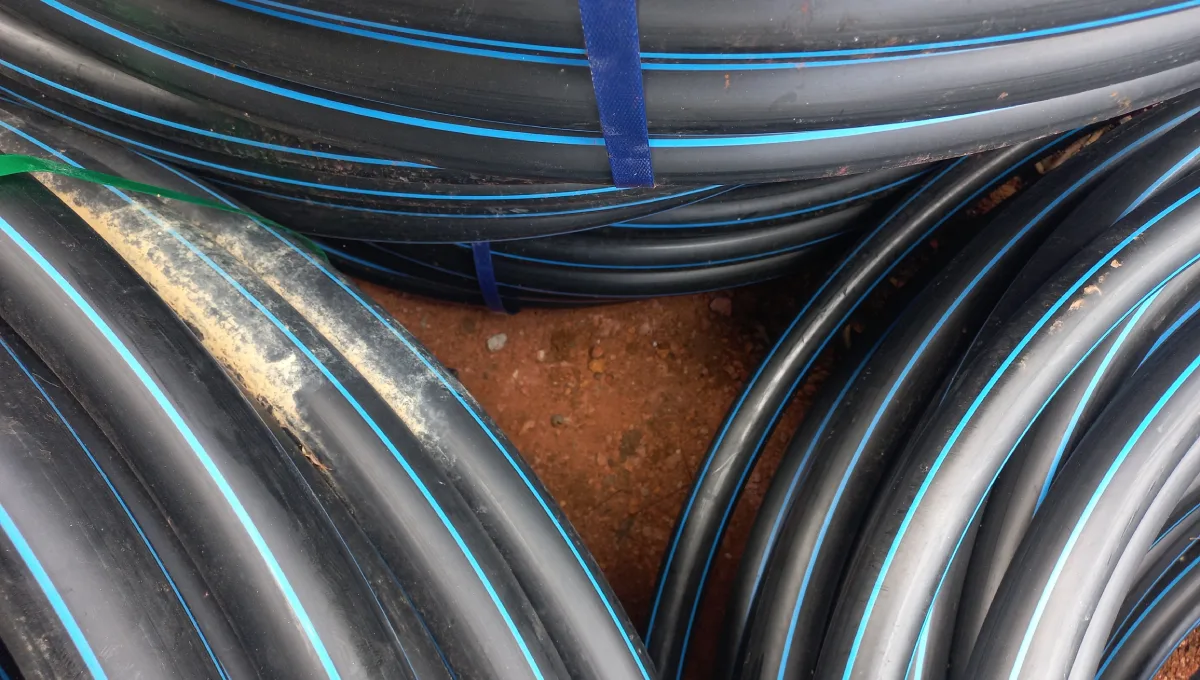
Smart Investment: Understanding the True Cost of HDPE Irrigation Pipe Systems
When evaluating the value of HDPE irrigation pipes, it’s important to look beyond the initial purchase and consider the complete cost lifecycle. True cost efficiency in large-scale irrigation or infrastructure projects includes installation, operation, maintenance, and long-term performance. Although the upfront HDPE irrigation pipe price may seem higher than traditional materials, the long-term savings in maintenance and operational reliability make it a superior investment.
Several technical factors influence cost and performance outcomes. The HDPE irrigation pipes’ diameter and wall thickness (SDR rating) determine their pressure handling capacity, while the material grade, particularly high-quality virgin resins affects overall strength and lifespan. Fusion method and fittings impact leak-proof reliability and installation time, and logistics play a key role, as longer continuous lengths reduce jointing costs and potential weak points.
Procurement teams should also assess the credibility of suppliers. Reliable manufacturers of HDPE irrigation pipes offer good technical assistance, ISO and ASTM certifications, and complete material traceability. For applications in government, business, and agriculture that require demonstrated compliance and performance assurance, these certifications are essential.
The return on investment is further enhanced when paired with HDPE drip irrigation pipe systems, which combine operational durability and water efficiency. The result is a low-maintenance, high-value system that offers long-term dependability and quantifiable cost savings.
Closing the Loop: Smarter Irrigation for Sustainable and Profitable Farming
Sustainable irrigation is no longer just about conserving water; it’s about achieving efficiency, reliability, and long-term profitability. HDPE irrigation pipes embody this balance, combining durability, leak-proof performance, and energy efficiency to help farms and industries optimize every drop. By reducing water loss and minimizing maintenance, they redefine the economics of modern irrigation.
Innovations such as HDPE drip irrigation pipe systems enhance precision by delivering water directly to plant roots, maximizing yields while minimizing waste. Despite the higher initial HDPE irrigation pipe price, the reduction in water usage, energy consumption, and downtime provides unmatched lifetime value.
From agriculture to municipal and government projects, HDPE irrigation pipes offer consistent performance even under harsh conditions. When paired with HDPE drip irrigation pipe setups, they create intelligent, sustainable irrigation networks that improve both environmental and financial outcomes.
Ultimately, the true HDPE irrigation pipe price reflects a smart investment, one that pays dividends through efficiency, sustainability, and profitability.


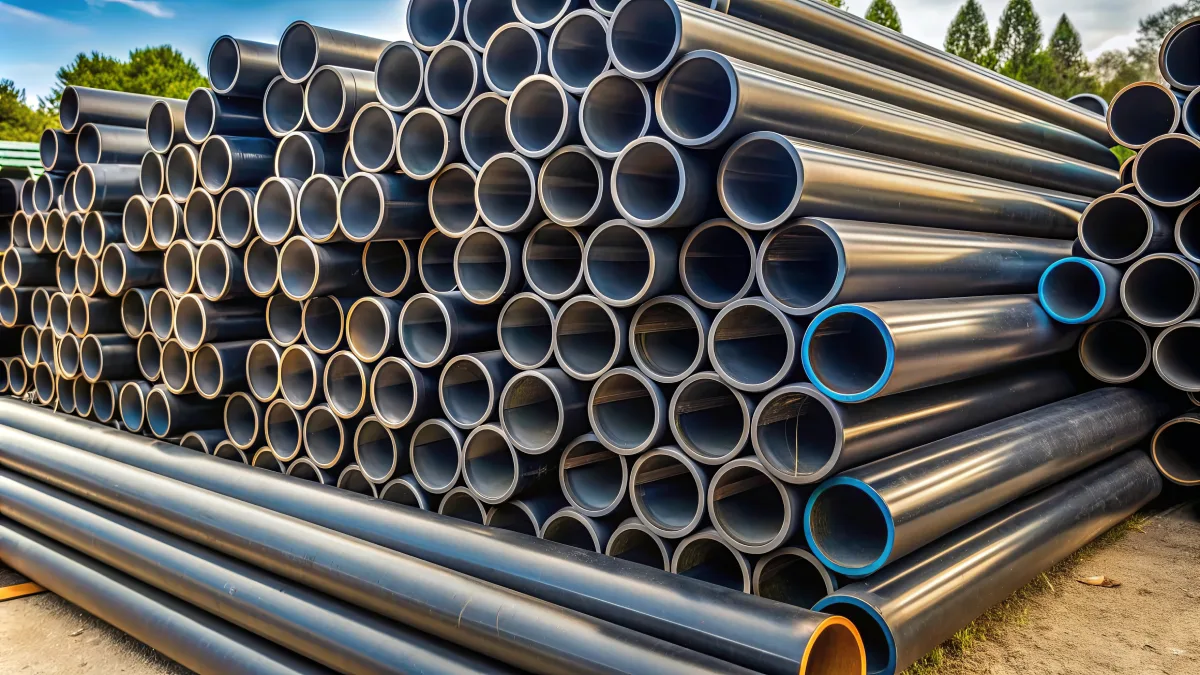

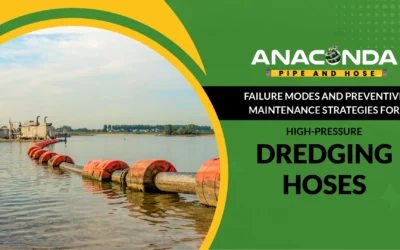
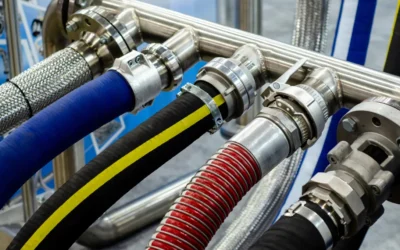
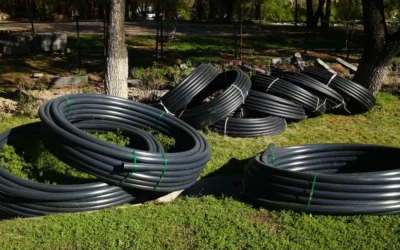
0 Comments